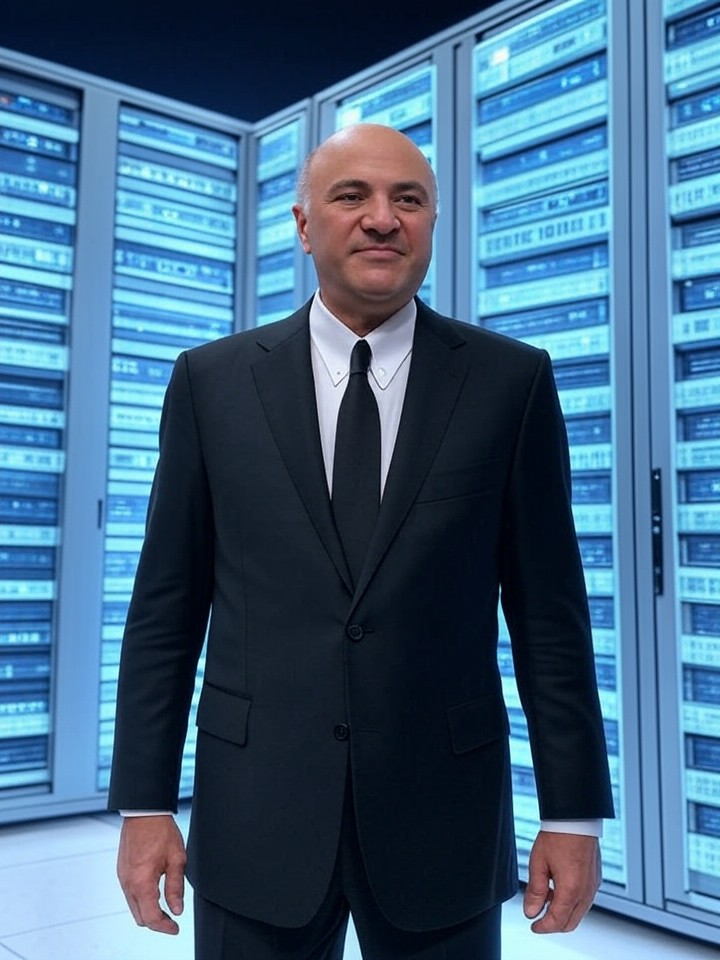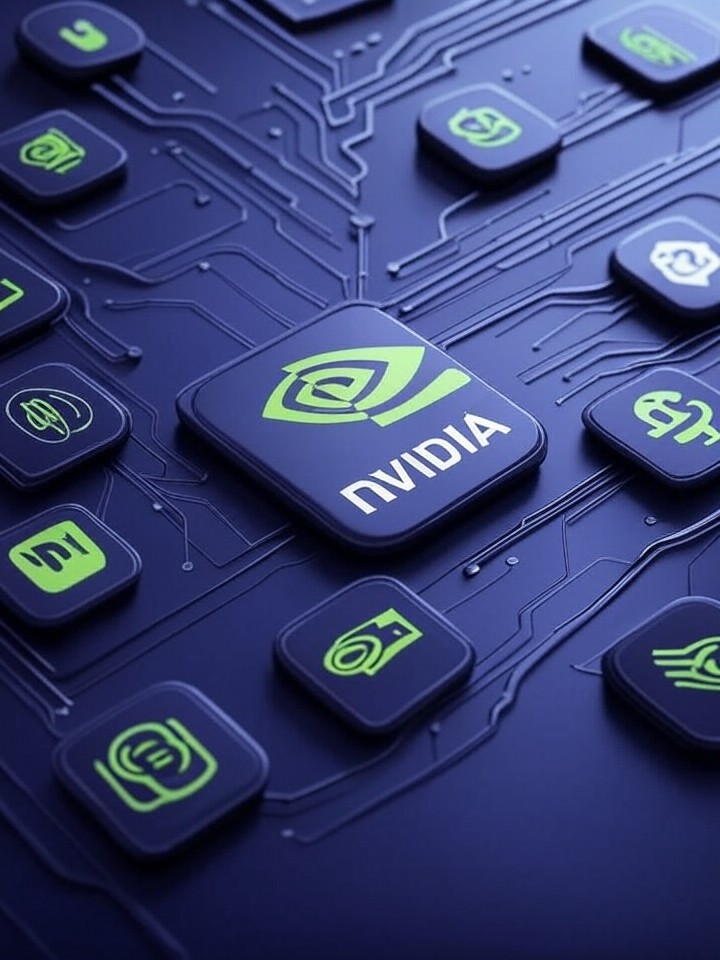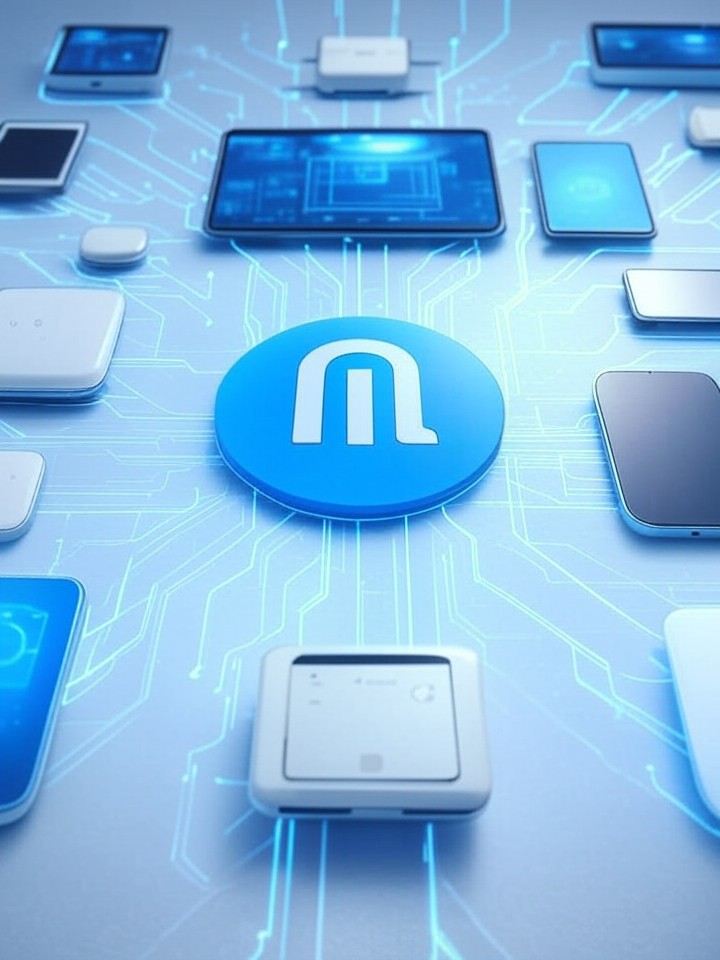The Impact of Internet-Based Learning
The internet has undeniably become a vast reservoir of knowledge, offering instant access to the most up-to-date information and solutions. It often surpasses traditional textbooks in this regard, making self-study more accessible and efficient. With the internet, world-class education is available at our fingertips, often at little or no cost, facilitating global interaction and providing exposure to diverse cultures from the comfort of our homes.
However, there are challenges associated with internet-based learning, particularly for those with limited financial resources. The internet can also pose risks to academic performance, as it exposes students to malicious, false, and unethical content. The proliferation of AI-driven applications, while innovative, can sometimes undermine creativity and academic integrity by providing seemingly creative answers that may discourage original thinking.
Key challenges of internet-based learning include issues such as unreliable internet connectivity, the financial burden of acquiring expensive gadgets, operational difficulties, and skepticism from parents and students regarding the effectiveness of such tools. Additionally, concerns about bogus students, students’ tendency to focus on specific topics, the authenticity of attendance, and the maintenance of a conducive academic environment are prevalent.
The debate over the pros and cons of e-learning is ongoing, with many parents viewing it as an additional burden. Yet, it is nearly impossible to separate our lives from the internet and its applications. Therefore, it is crucial to use the internet and AI-enabled tools in a controlled manner. It’s important to recognize that the virtual world of the internet should not be confused with the real world. Parents and teachers play a critical role in helping children navigate the boundaries between these worlds, ensuring a balanced approach to physical study and online learning.
In this context, it is alarming if AI-driven gadgets begin to dominate our lives. Individuals must remain in control of their own lives, making conscious decisions rather than allowing the internet to dictate their actions. The internet is far more than just social media platforms like Facebook, Twitter, TikTok, ChatGPT, Google Bard, and YouTube.
Post-COVID, students have become familiar with learning apps like Zoom and Microsoft Teams, tools that will be valuable throughout their lives. The shift towards e-learning has also reduced student addiction to social media, which is a positive outcome. Students now use platforms like Zoom and Teams for collaborative discussions rather than spending time on social media.
E-learning enables students to attend live online classes from reputable universities worldwide, saving time and money while enhancing the quality of education.
In summary, students should be guided to use the internet in conjunction with their studies in a balanced way, rather than being isolated from it out of fear of harming their academic performance. Parents and teachers face a difficult dilemma: allowing students to use the internet may pose risks to their academic success, but preventing them from accessing it could leave them behind in the 21st century.










